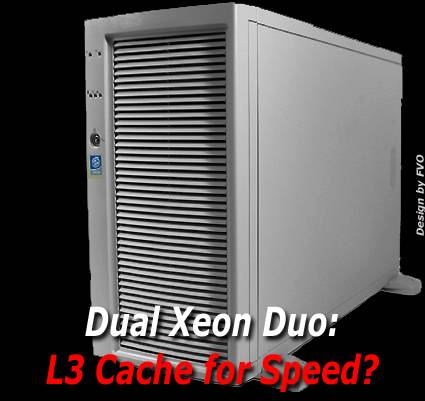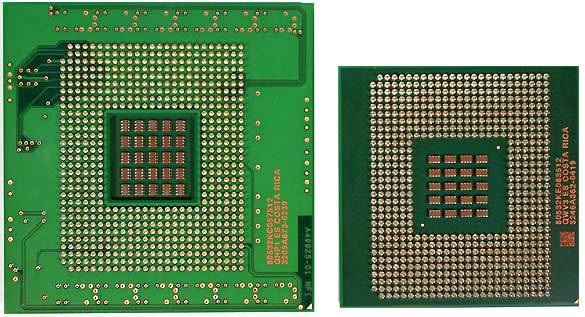Dual Xeon Duo: What Good Is the L3 Cache?
Xeon 3.06: L3 Cache For More Speed?
No question about it: The highest-margin processor in the Intel portfolio is the Xeon. It plays a crucial role in the consistently good profits of the world's largest chip manufacturer. As opposed to the 64 bit rocket, the Itanium 2, the Xeon is sold in comparatively high quantities and used in servers along with workstations. Technically, however, the Xeon is based on the Pentium 4.
The first Opteron machines from AMD gave its competitor Intel, jaded by success as they were, a good scare - good enough that Intel had to act quickly. In the last test we looked at two dual systems for the workstation/ server environment: Intel Dual Xeon 3.06 GHz and AMD Dual Opteron 244. In the end, the Opteron, with its comparatively low clock speed of 1.8 GHz, managed to put the Xeon with 3.06 GHz in its place for various server applications. Added to this was the advantage of the larger L2 cache: 1 MB vs. 512 kB in the Xeon. The current Xeon, codenamed "Prestonia," is similar in structure to the Northwood core of the P4 and has additional registers for multiprocessor capabilities. However, the FSB speed has its limits. While the P4 can work optionally with FSB800 (real FSB speed of 200 MHz), the Xeon has a maximum speed of FSB533 (real FSB speed of 133 MHz). This means the bandwidth between the processor and the chipset in the Xeon is significantly limited, compared to the P4 (4.2 GB/s vs. 6.4 GB/s). How important the FSB's bandwidth is will only become clear if two or four processors are flanged to the chipset and forced to share the bandwidth.
Two generations: left, Intel Xeon for Socket 603, and right, Xeon 3.06 with 1 MB L3 cache for Socket 604.
In order to avoid dropping behind, Intel reacted by pumping the current Xeon up with an additional L3 cache. The result is three cache levels that all work at full processing speed. This begs the question: What good is the Xeon 3.06's additional 1 MB L3 cache when compared to the version with the same clock speed but without the extra cache? We tested two systems in the THG lab for workstation use with identical hardware. Does the business customer using CAD/ CAE/ CAM software have a definite advantage?
Back of the two Xeon generations.
Get Tom's Hardware's best news and in-depth reviews, straight to your inbox.
Current page: Xeon 3.06: L3 Cache For More Speed?
Next Page Intel Xeon: Broad Product Range From $455 To $3692

